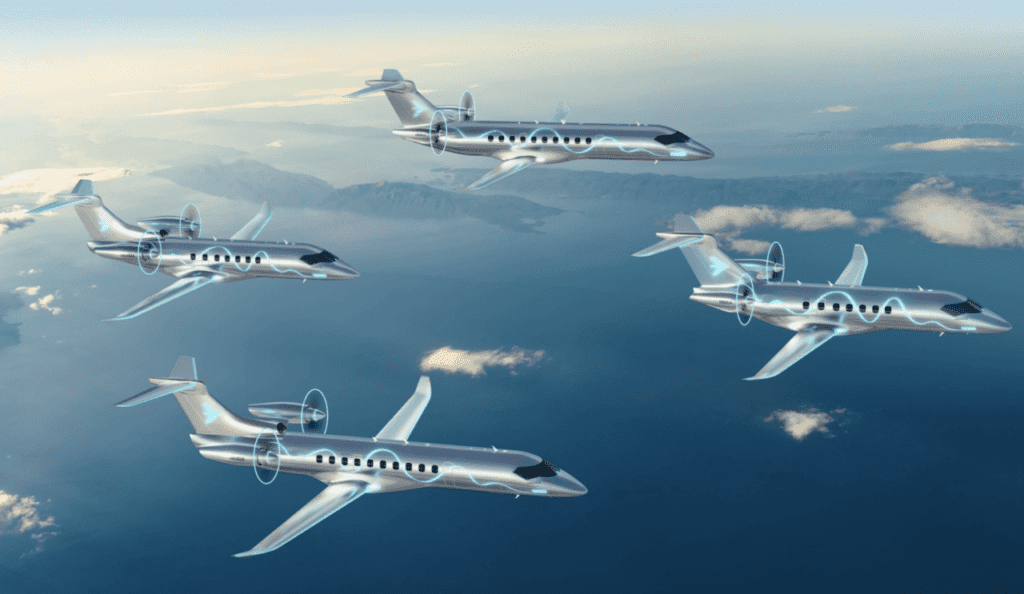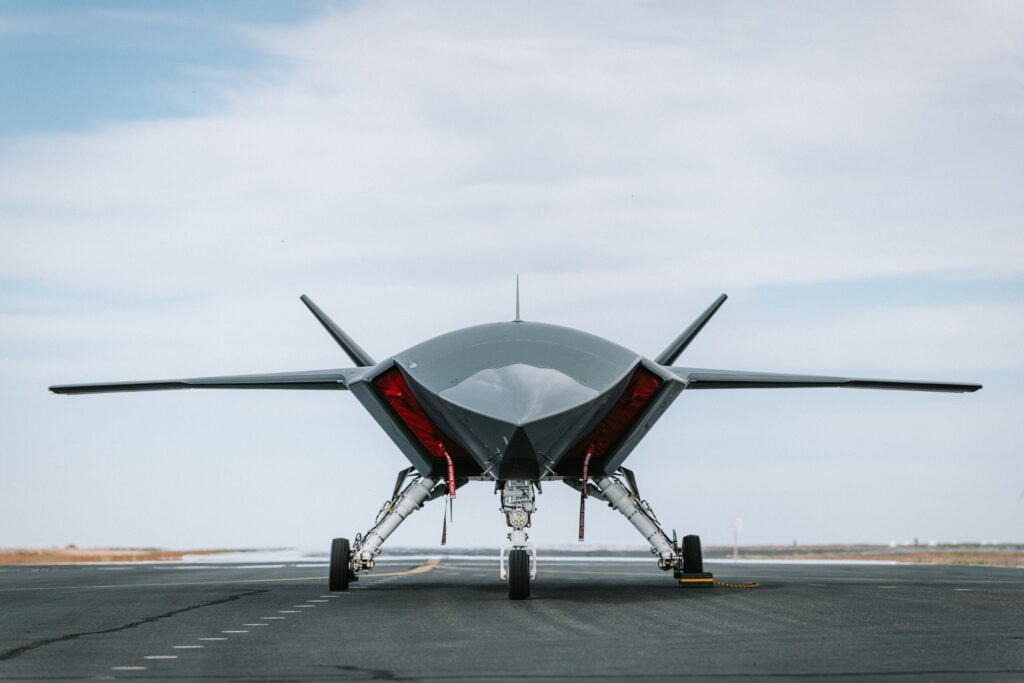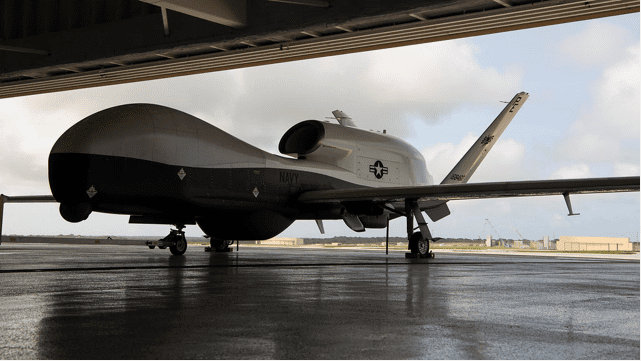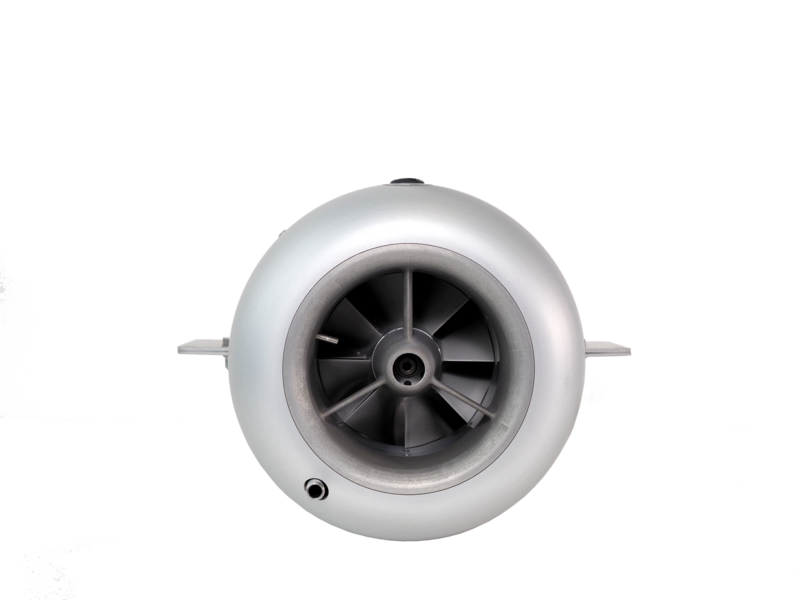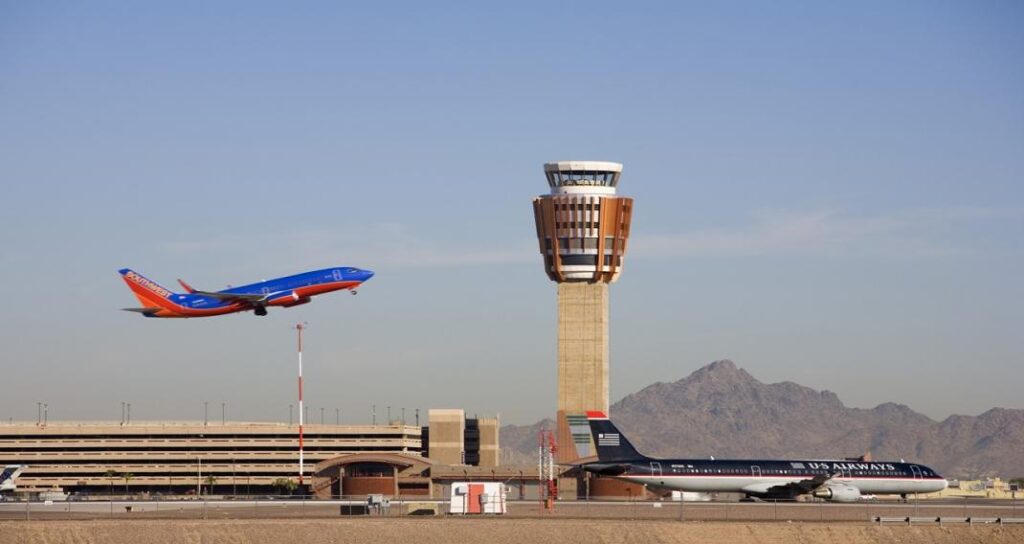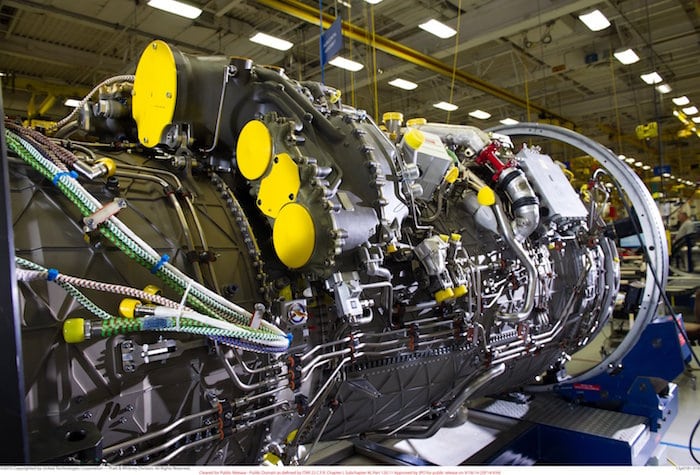Global Avionics Faces Tech Transformation and Rapid Growth
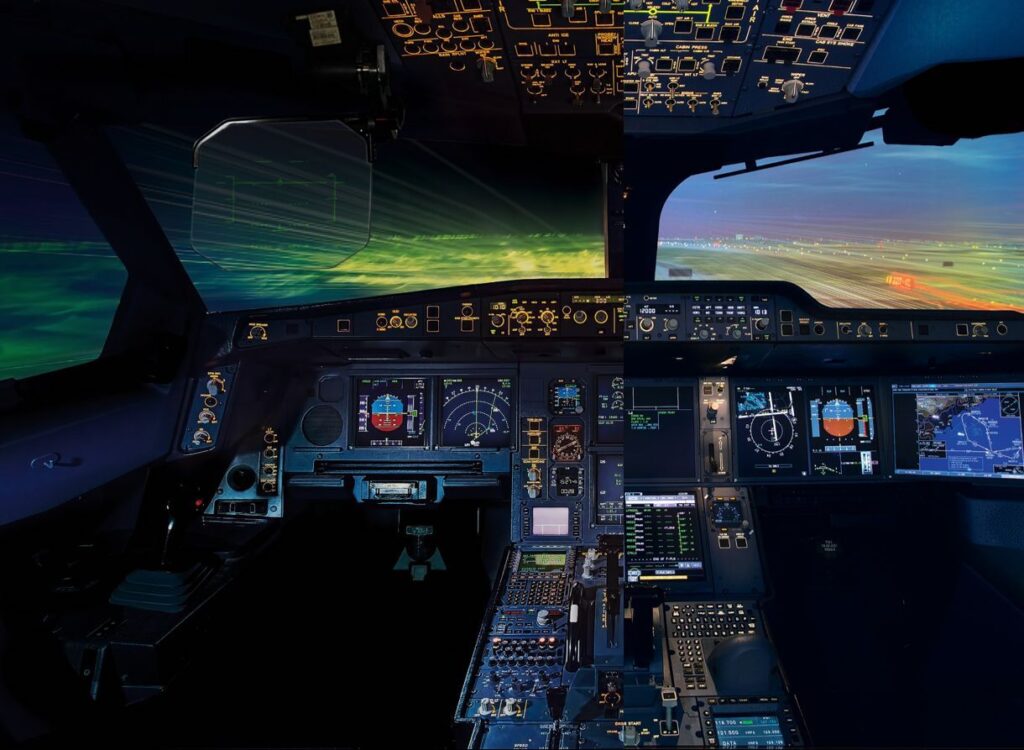
Global Avionics Round-Up from Aircraft Value News (AVN)

A comparison of the A330neo and A350 provided by Airbus.
The global avionics industry is undergoing a sweeping transformation, fueled by rapid advances in technology, surging demand for air travel, and aggressive modernization programs across both commercial and military aviation.
Analysts see no slowdown in sight. According to the Business Research Company, the global avionics market is expected to reach about USD 90.5 billion in 2025, up from USD 84.35 billion in 2024, marking a compound annual growth rate of 7.3%.
By 2029, the avionics market is projected to climb to USD 120.72 billion, sustaining a CAGR of 7.5%. The growth underscores the pivotal role of advanced avionics in boosting aircraft performance, efficiency, and safety.
Drivers Behind the Boom
At the heart of this expansion are several converging trends. Technology is leading the way, as artificial intelligence (AI), machine learning, predictive maintenance, and data analytics reshape how avionics systems function. These tools enable real-time monitoring, smarter decision-making, and more reliable operations.
Airlines and defense organizations are also investing heavily in modernizing their fleets, both to meet strict regulatory standards and to wring more efficiency from fuel consumption. In North America especially, the combination of defense spending and large-scale fleet upgrades has made modernization a defining growth engine.
The global rebound in air traffic is another critical factor, particularly in Asia-Pacific, where surging passenger volumes are driving demand for new aircraft. Military programs add yet another layer of momentum, as governments worldwide ramp up defense capabilities with next-generation avionics, including advanced flight management, communication, and surveillance systems.
Regional Perspectives
North America continues to dominate the market thanks to its robust defense sector and extensive fleet renewal efforts in commercial aviation.
Asia-Pacific, however, is emerging as the fastest-growing region, propelled by strong economic development and soaring demand for both civil and military aircraft.
Europe, meanwhile, is steadily expanding its market share through a combination of regulatory pushes for safety and efficiency and active modernization of its aviation fleets.
Technology Defining the Future
The avionics landscape of tomorrow is being shaped by a series of groundbreaking technologies. Autonomous flight systems are advancing rapidly, promising to reduce human error while improving efficiency and safety.
The rise of electric and hybrid-electric propulsion is also forcing the development of specialized avionics to manage these emerging platforms. With increased connectivity in the cockpit and beyond, cybersecurity has become a top priority, as safeguarding avionics systems against evolving threats is essential to maintaining operational integrity.
At the same time, augmented and virtual reality are finding their way into flight decks and training programs, giving pilots sharper situational awareness and more immersive instruction.
Challenges on the Horizon
Yet even with such a promising outlook, the industry must navigate persistent challenges. Supply chain disruptions continue to affect the timely delivery of critical components.
Regulatory compliance demands constant investment in research and development, as evolving standards require avionics providers to adapt quickly. Integration, too, poses hurdles: marrying new technologies with legacy aircraft systems can be costly and technically complex.
Still, the trajectory remains strong. The global avionics sector is not only growing, it’s redefining the very nature of aviation. With AI, autonomous operations, and electric propulsion pushing the boundaries, the industry is on course for a new era that promises to transform how aircraft fly, how militaries defend, and how passengers experience the skies.
This article originally appeared in Aircraft Value News.
John Persinos is the editor-in-chief of Aircraft Value News.
The post Global Avionics Faces Tech Transformation and Rapid Growth appeared first on Avionics International.
—————
Boost Internet Speed–
Free Business Hosting–
Free Email Account–
Dropcatch–
Free Secure Email–
Secure Email–
Cheap VOIP Calls–
Free Hosting–
Boost Inflight Wifi–
Premium Domains–
Free Domains






